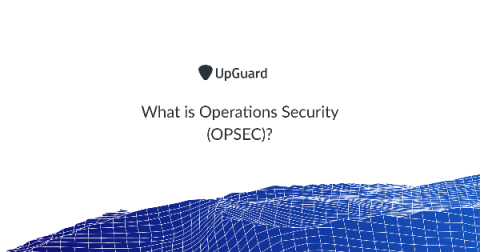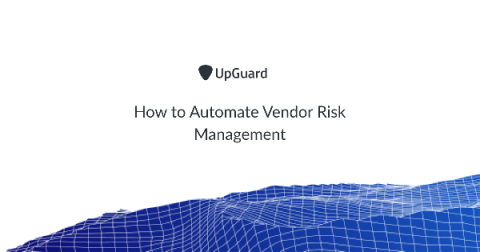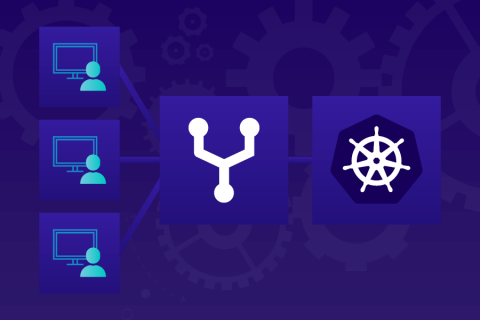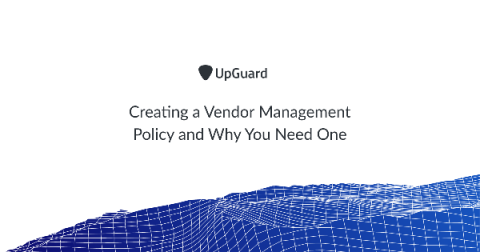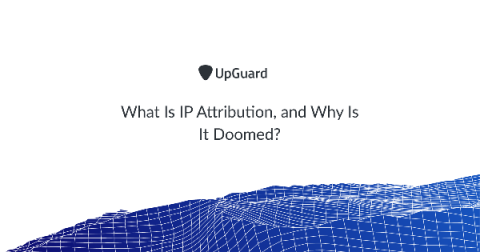Major Incident Management Process
As cybersecurity measures are improving day by day, threat actors are also being sophisticated and creating high profile attacks to evade modern defense systems. These attacks result in generating major incidents, which are the highest-urgency and highest-impact incidents that can affect too many individuals or/and companies at the same time depriving critical data or hampering critical business operations.




